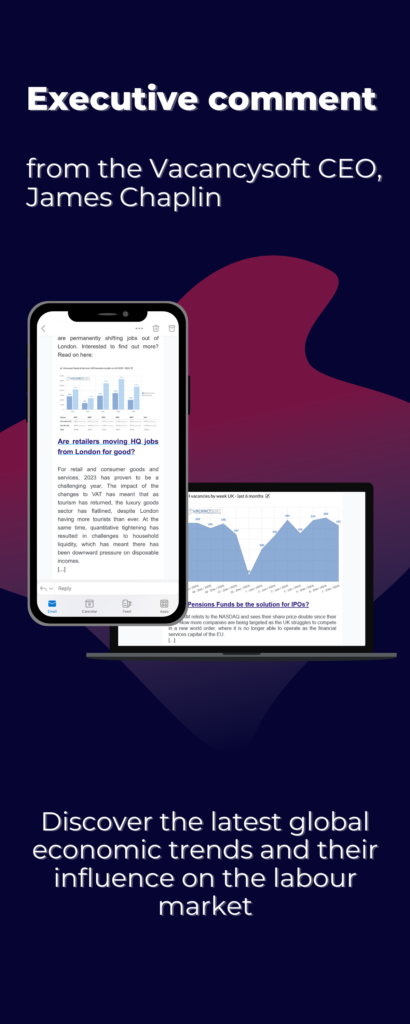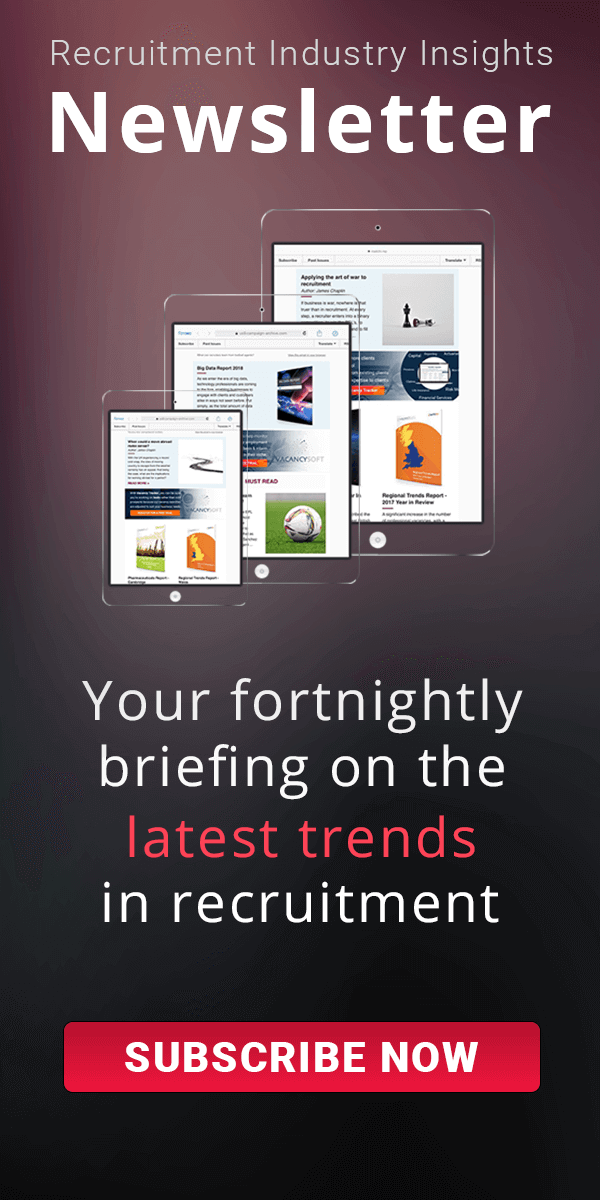
Pareto’s rule applied to clients states that 80% of your business comes from 20% of your clients. As a recruiter, the business model is payment for successful delivery of the requested service. Whilst you can’t control how your clients choose to interact with you, you do have a choice over who you work for. With that in mind, what constitutes a good client and where should you focus your energy? Which clients should you prioritise, and is it ever correct to choose to not work with one? What are the warning signs that a client may end up being a loss-making client?
Unreasonable expectations
We all know the drill, the client for whom no CV is ever good enough. Expectations about what people they can attract or what salaries they need to offer are unrealistic, and every interview is a dud. But how is it best to quantitatively analyse this? Start with CV-to-interview ratios. Assuming you are doing your job properly (meaning that you send only CVs matching the brief), what percentage are they selecting for interviews and second rounds? When you analyse which client has the lowest percentage conversion from CVs to second-round interviews, remember that the amount of time you spend on that client is disproportionately higher, and so more expensive, than the client with a high CV-to-second-interview ratio.
Unequitable terms
A client who wants gold-plated service but who gives you instructions along with twenty other recruiters simultaneously probably doesn’t think about the fact that in a scenario where you are competing against so many agencies you have a 5% chance of filling the role, and so you are unlikely to give it too much attention. Larger businesses will have rigid frameworks for how they operate, but don’t be afraid to link levels of service to your fee structure. If they want a lower contingency fee, what will they offer in return? If they only want to use you for the roles which are hardest to fill, why should you accept being paid the same fee structure as when they instructed you on five times more roles? If you are convinced that you are delivering the best you can but they continue to question value, perhaps it is time to let them go.
How to analyse that quantitatively? Calculate how much you earn per hour per client, by documenting where you spend your time. There may be a client which does not have a great fee structure but is filling a lot of roles from you and so is very profitable. Conversely, you may have an excellent retained client but failing to fill roles with them is resulting in you working for pennies as a result.
Professionally disrespectful
Possibly the most infuriating clients are the ones who always leave you hanging by being unresponsive. Simple decisions that should only take a few days drag into weeks because of endless internal discussions that you have no visibility of. Scheduled calls get cancelled at the last minute and rescheduled. Candidates end up taking other offers because they don’t want to wait around any longer. It is then easy for your focus to become diluted, directly impacting your profitability as a result. How best to measure that? Treat every instruction as a project and clarify deadlines for each step with your client. Clients treating you with professional respect will keep to deadlines; those that don’t are arguably wasting your time.
Of course, it doesn’t have to be as dramatic as ‘sacking a client’, but perhaps the next time your primary contact sends you a brief and asks if you can help, stop to think about the above and ask yourself if taking that instruction is going to end up making you money or costing you time. What could you do with that time if you invested it elsewhere? For example, if you are a boutique recruiter, part of your USP will be based on your market expertise: but if you are always too busy on deliveries, how can you showcase that you are an expert? In the same way, if you are not taking the time to invest in your own brand as an expert, how can you expect to be treated as such by your clients or to effectively negotiate terms with them?
Conversely, if you do invest into showcasing your expertise, you have a reason to interface with your clients outside of just talking about the latest vacancy. For example, you could look at how changes in the market are likely to affect hiring patterns and what that means for them. Write a report analysing the trends and send it to them. Acting as an expert advisor will make you better placed to work on the jobs you want to, and on the terms that make sense for you.
Over the last sixteen years, Vacancysoft has worked with recruitment firms of all sizes to help them map out market activity in order to identify changes in demand. For more information about how we can help, please contact us.


